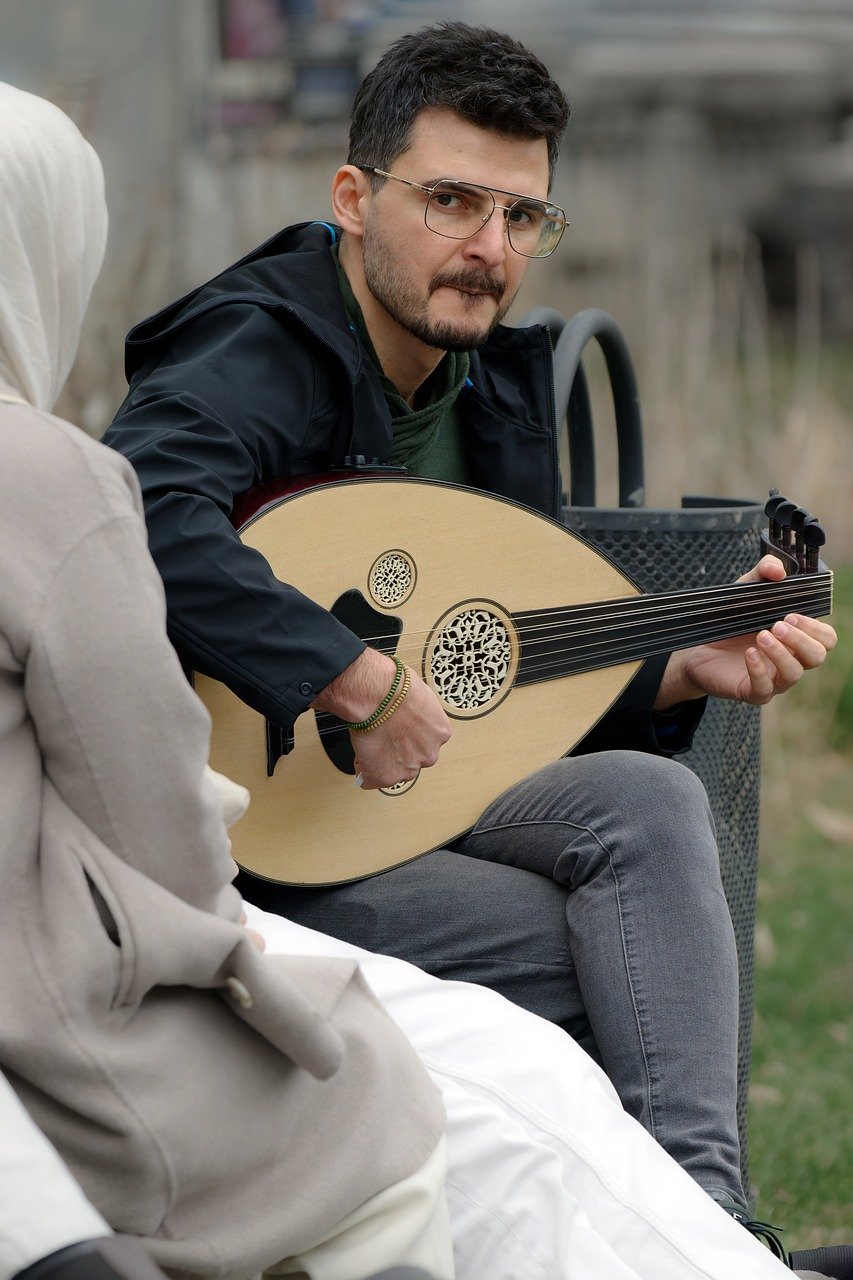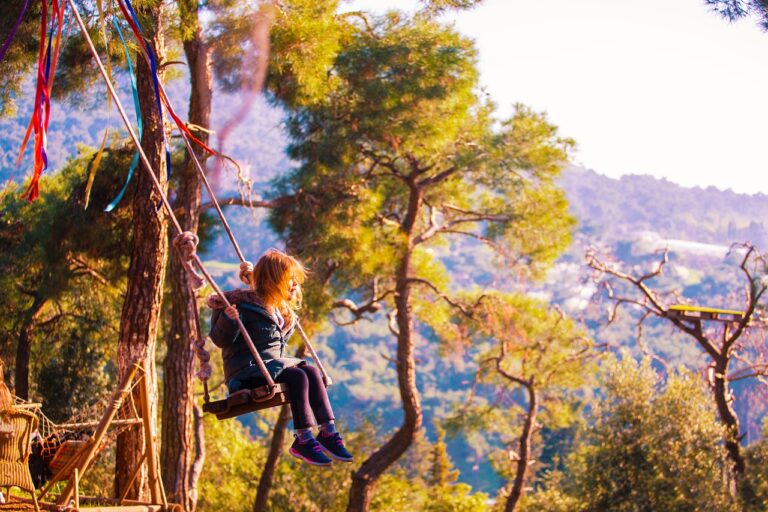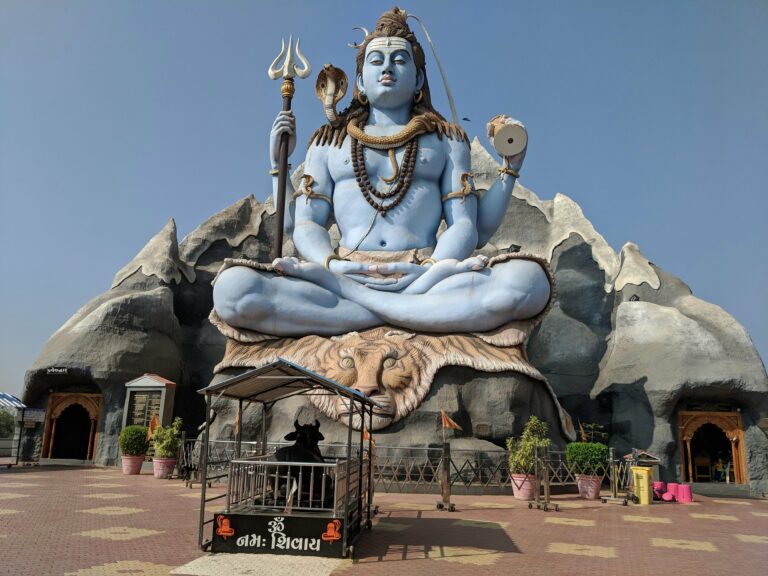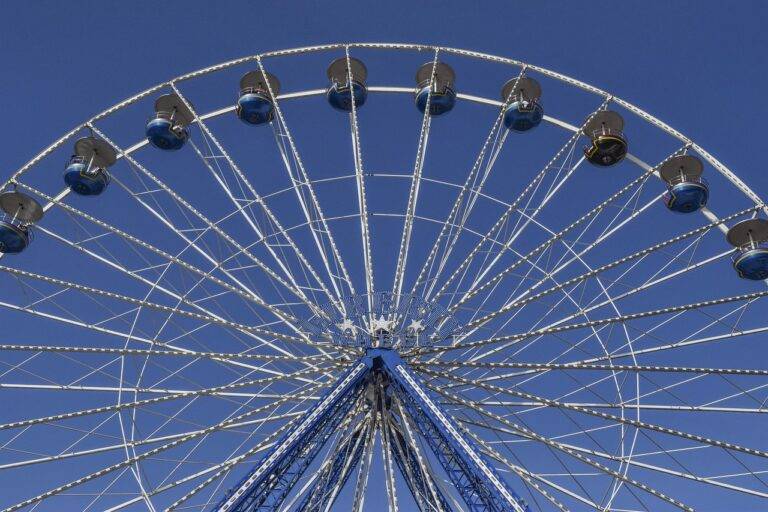Gender Representation in Hollywood: Beyond the Bechdel Test
In the world of entertainment, gender bias in casting choices remains a prevalent issue that continues to affect the industry at large. The tendency to favor male actors over their female counterparts for leading roles is deeply rooted in traditional norms and expectations, perpetuating the imbalance in opportunities for both genders. Despite efforts to address this disparity, there is still a long way to go in achieving true gender equality in casting decisions.
The impact of gender bias in casting choices goes beyond individual opportunities for actors; it also shapes the narratives and representations we see on screen. When female characters are consistently relegated to secondary or supporting roles, it reinforces harmful stereotypes and restricts the range of stories that can be told. By challenging these ingrained biases and advocating for more inclusive casting practices, the industry can move towards a more equitable and diverse portrayal of gender in film and television.
The Impact of Stereotypes on Female Characters
When it comes to female characters in the entertainment industry, stereotypes often play a significant role in shaping their portrayal on screen. These stereotypes can range from the damsel in distress to the femme fatale, limiting the depth and complexity of female characters. This not only perpetuates harmful gender norms and expectations but also restricts the representation of women as multifaceted individuals.
Stereotypical portrayals of female characters can reinforce societal biases and hinder the progress towards more diverse and authentic storytelling. By pigeonholing women into predefined roles based on their gender, the industry misses out on the opportunity to showcase the full spectrum of female experiences and perspectives. This not only limits the creative potential of storytelling but also contributes to the marginalization of women in media.
Stereotypes like the damsel in distress or the femme fatale can limit female characters’ depth and complexity
Harmful gender norms and expectations are perpetuated by these stereotypes
Representation of women as multifaceted individuals is restricted by stereotypical portrayals
Societal biases are reinforced and diverse storytelling is hindered by pigeonholing women into predefined roles based on their gender
The full spectrum of female experiences and perspectives is not showcased, limiting creative potential
Marginalization of women in media is contributed to by these stereotypes
Underrepresentation of Women in Behind-the-Scenes Roles
The lack of female representation behind the scenes in the entertainment industry remains a pressing issue that requires attention. While progress has been made in recent years to address gender disparities in front of the camera, the same cannot be said for the roles that contribute to the creative process off-screen. Women continue to be underrepresented in crucial behind-the-scenes roles such as directors, producers, writers, and cinematographers. As a result, the perspectives and experiences of women are often sidelined, leading to a narrow range of storytelling and representation in the media.
The imbalance in behind-the-scenes roles not only stifles diversity in storytelling but also perpetuates a cycle of limited opportunities for aspiring female professionals in the industry. Without adequate representation in key decision-making positions, women face additional barriers to breaking into these male-dominated fields. The marginalization of women behind the scenes not only hinders their creative contributions but also diminishes the overall richness and inclusivity of the entertainment landscape.
Why is there a gender bias in casting choices?
Gender bias in casting choices often stems from societal stereotypes and expectations about gender roles, which can limit the opportunities available to female actors.
How do stereotypes impact female characters in the entertainment industry?
Stereotypes can lead to the portrayal of female characters in a narrow and limited manner, reinforcing harmful gender norms and creating unrealistic expectations for women in the industry.
What factors contribute to the underrepresentation of women in behind-the-scenes roles?
The underrepresentation of women in behind-the-scenes roles can be attributed to systemic barriers, lack of opportunities for mentorship and networking, and gender discrimination within the industry.
What can be done to address the underrepresentation of women in behind-the-scenes roles?
To address the underrepresentation of women in behind-the-scenes roles, it is crucial to promote diversity and inclusivity, provide mentorship and support for aspiring female professionals, and challenge gender biases within the industry.







